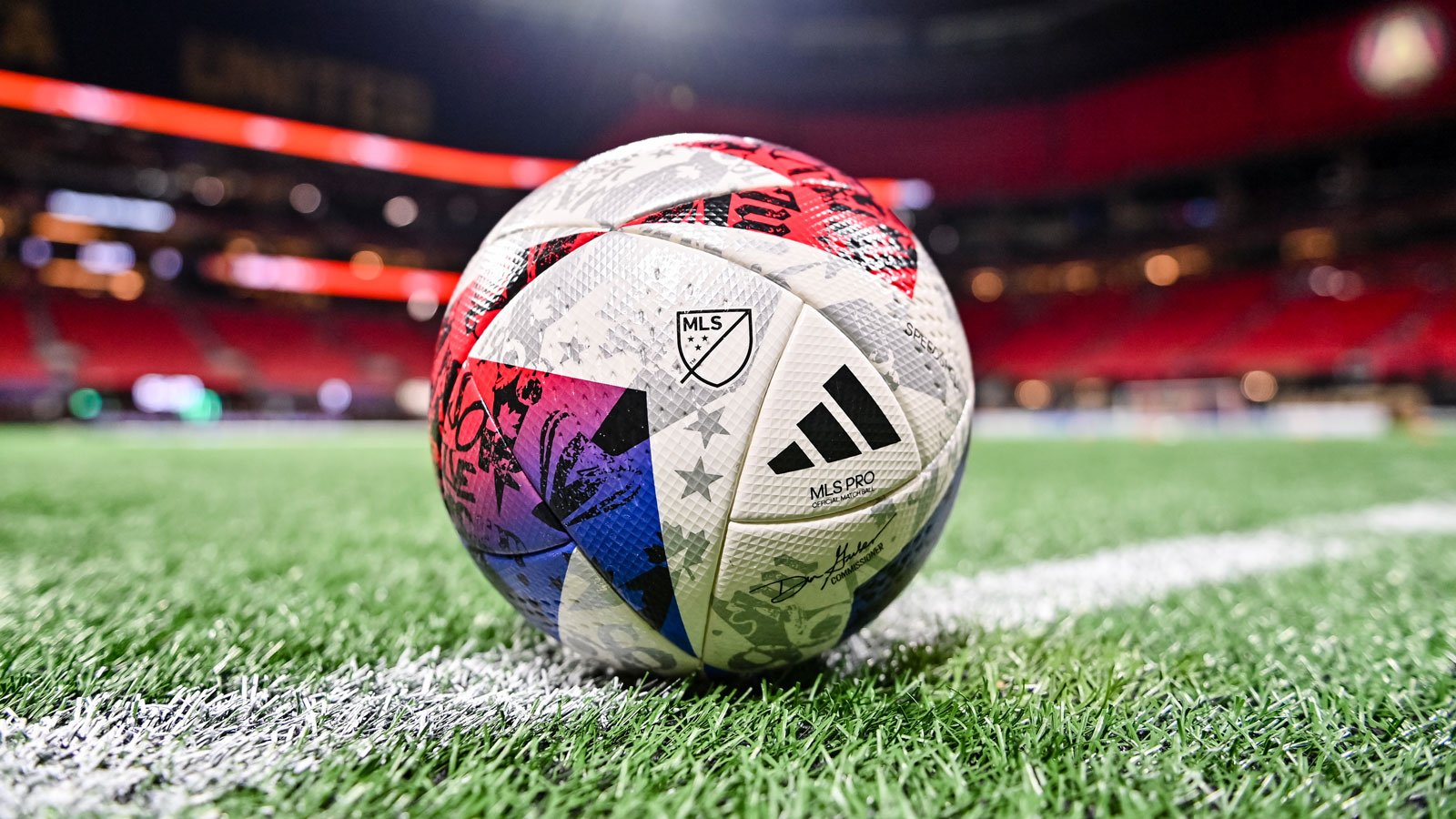Major League Soccer (MLS) has rapidly evolved from a fledgling league to a significant player in the global soccer landscape. Established in the 1990s, MLS has grown to become a cornerstone of American sports, bridging the gap between the world’s most popular sport and the US’s rich sporting culture. This article delves into the history, structure, impact, and future of MLS, offering a thorough understanding of its role in promoting soccer in America.
History of MLS
Founded in 1993 and kicking off its inaugural season in 1996, MLS was established as part of the United States’ successful bid to host the 1994 FIFA World Cup. The early years were marked by struggles, including financial difficulties and low attendance. However, key milestones such as the introduction of the Designated Player Rule in 2007, which allowed teams to sign high-profile players, and the steady expansion of the league, have significantly contributed to its growth. Today, MLS boasts a robust roster of teams and a passionate fan base.
Structure of MLS
MLS operates with a unique structure compared to many other soccer leagues worldwide. It comprises 29 teams divided into two conferences: Eastern and Western. The regular season typically runs from late February or early March to October, followed by the playoffs, culminating in the MLS Cup, the league’s championship match. This structure promotes competitive balance and excitement, with the playoff format ensuring that the season remains engaging until the very end.
Major Teams and Rivalries
MLS is home to several notable teams and intense rivalries. Clubs like LA Galaxy, Seattle Sounders, and Atlanta United have made significant impacts both on and off the field. Rivalries such as El Tráfico (LA Galaxy vs. LAFC) and the Cascadia Cup (Portland Timbers vs. Seattle Sounders) capture the imagination of fans and generate considerable excitement. These rivalries are essential for fan engagement, adding a layer of passion and local pride to the league.
Star Players and Icons
MLS has attracted a mix of international stars and homegrown talents, enriching the league’s quality and appeal. Legendary figures like David Beckham, Thierry Henry, and Zlatan Ibrahimović have graced the league, drawing global attention and boosting its profile. At the same time, homegrown talents such as Landon Donovan and Clint Dempsey have left an indelible mark, showcasing the potential of American soccer players on the domestic and international stages.
Development and Youth Academies
Youth development is a cornerstone of MLS’s long-term strategy. Many clubs have invested heavily in youth academies, aiming to cultivate the next generation of soccer stars. Success stories like Tyler Adams and Alphonso Davies, who graduated from MLS academies to shine in top European leagues, highlight the league’s growing reputation as a breeding ground for talent. These academies are instrumental in nurturing young players and contributing to the broader development of soccer in America.
Influence of Designated Players
The Designated Player Rule, introduced in 2007, allows MLS teams to sign marquee players whose salaries exceed the league’s salary cap. This rule has enabled clubs to attract world-class talent, significantly raising the league’s profile. High-profile signings such as David Beckham, Wayne Rooney, and Kaka have not only improved the quality of play but also increased media attention and fan interest. Financially, these signings have boosted ticket sales, merchandise revenue, and overall league visibility.
MLS and the Global Soccer Landscape
While MLS is often compared to top European leagues like the English Premier League and La Liga, it occupies a unique position in the global soccer ecosystem. MLS has established itself as a competitive and entertaining league, contributing players to international competitions and hosting global stars. Its growing reputation is reflected in the increasing number of international partnerships and the league’s role in fostering soccer’s global appeal.
Fan Culture and Support
The growth of soccer culture in the US is closely tied to the rise of MLS. Supporters’ groups, known for their passionate and vibrant displays, play a crucial role in creating an electric atmosphere at games. Groups like Seattle Sounders’ Emerald City Supporters and Portland Timbers’ Timbers Army exemplify the dedication and enthusiasm of MLS fans. This passionate support is vital for the league’s success, fostering a sense of community and identity around each club.
Stadiums and Infrastructure
The development of soccer-specific stadiums has been a game-changer for MLS. Purpose-built venues like LAFC’s Banc of California Stadium and Atlanta United’s Mercedes-Benz Stadium offer state-of-the-art facilities and enhance the fan experience. These stadiums not only provide an intimate and engaging matchday atmosphere but also contribute to higher attendance and greater financial stability for the clubs.
Media and Broadcasting
Media coverage has played a significant role in MLS’s growth. The league’s broadcasting deals with networks like ESPN, Fox Sports, and Univision have brought MLS to a broader audience. The advent of streaming services has further expanded access, allowing fans to follow their favorite teams and players more easily. Future broadcasting innovations, including potential partnerships with global media giants, promise to further elevate MLS’s profile.
Economic Impact of MLS
The financial growth of MLS is evident in its expanding revenue streams and increasing franchise values. Host cities benefit economically from the presence of MLS teams, with stadium construction, game-day spending, and related business activities generating significant economic activity. However, the league also faces challenges, such as maintaining competitive balance and addressing financial disparities among clubs.
Challenges and Criticisms
Despite its successes, MLS faces several challenges. Critics often point to issues like the league’s parity rules, which can limit the competitiveness of certain teams, and the quality of play compared to top European leagues. Additionally, MLS must navigate the complexities of expanding its fan base while maintaining the integrity and tradition of the sport. Addressing these criticisms and finding solutions will be crucial for the league’s continued growth and success.
The Future of MLS
The future of MLS looks promising, with plans for further expansion, technological advancements, and continued emphasis on youth development. The league aims to solidify its place as a top-tier soccer league, both domestically and internationally. Innovations in fan engagement, stadium experiences, and media partnerships will shape the next chapter of MLS, ensuring its relevance and appeal to future generations of soccer fans.
Conclusion
In conclusion, Major League Soccer has come a long way since its inception, evolving into a dynamic and influential league. Its journey reflects the broader growth of soccer in America, driven by passionate fans, talented players, and visionary leaders. As MLS continues to grow and innovate, it will undoubtedly play a pivotal role in shaping the future of soccer in the United States and beyond.


